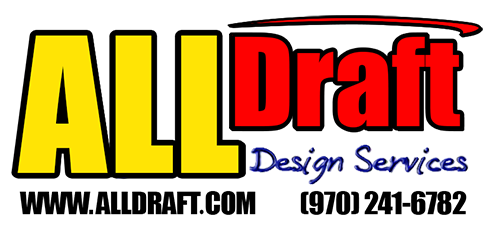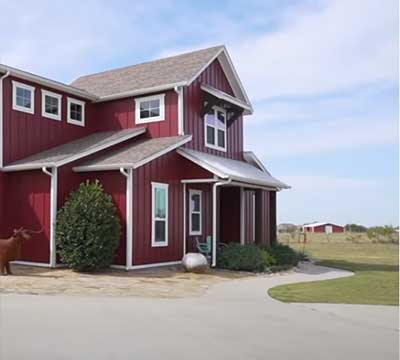Barndominiums, a unique fusion of a barn and a condominium have gained significant popularity as an alternative housing option in recent years. These structures offer a blend of rustic charm and modern living, allowing homeowners to create a versatile and spacious living space. However, like any construction project, barndominiums must adhere to building codes and regulations to ensure safety, compliance, and the preservation of the surrounding environment. In this blog post, we will explore the key aspects of building codes and regulations that apply to barndominiums, helping you navigate the process smoothly.
Understanding Building Codes
Building codes are a set of regulations and standards that govern building construction, alteration, and maintenance. Their primary purpose is to ensure the safety and welfare of occupants and the general public. Building codes cover various aspects of construction, including structural design, electrical systems, plumbing, fire safety, and accessibility.
Researching Local Building Codes
Before embarking on your barndominium project, it is crucial to research and understand the specific building codes and regulations applicable in your local area. Building codes can vary significantly from one jurisdiction to another, so consulting with local authorities or building departments is essential. They will provide you with the necessary information regarding permits, inspections, zoning restrictions, and specific code requirements for your barndominium.
Zoning Regulations
Zoning regulations dictate how land can be used within a particular area. These regulations may affect the construction of your barndominium, specifying whether residential or agricultural use is permitted and any additional restrictions. Understanding the zoning requirements is crucial to avoid potential conflicts and legal issues down the line. Familiarize yourself with setback requirements, lot size restrictions, and any other zoning parameters specific to your locality.
Design Considerations
When designing your barndominium, it is essential to incorporate the necessary features and materials that comply with building codes and regulations.
Structural Design
The structural design of your barndominium must conform to the relevant building codes and engineering standards. This includes factors such as load-bearing capacities, roof design, foundation requirements, and wind resistance. Engaging a qualified structural engineer can ensure that your design meets these criteria and guarantees the structural integrity and safety of your barndominium.
Electrical and Plumbing Systems
Compliance with electrical and plumbing codes is essential to ensure the safe and efficient operation of your barndominium.
- Electrical Systems: Adhere to electrical codes to determine the proper installation of wiring, outlets, and electrical panels. Hiring a licensed electrician to handle the electrical work is highly recommended.
- Plumbing Systems: Plumbing codes govern the installation of water supply, drainage, and sewage systems. These codes ensure the proper functioning and prevention of potential health hazards. Consulting with a licensed plumber will ensure compliance with plumbing codes.
Fire Safety
Fire safety regulations are crucial for the protection of life and property. Install smoke detectors and fire extinguishers, and consider fire-resistant materials in your barndominium’s construction. Building codes may also require fire-rated walls and doors, especially for any living spaces adjacent to the garage or workshop areas.
Permitting and Inspections
Navigating the permitting process and adhering to inspection requirements is a critical step in ensuring compliance with building codes and regulations.
Building Permits
Before starting construction, obtaining the necessary permits from your local building department is mandatory. The required permits may include building, electrical, plumbing, and mechanical permits. Submitting detailed construction plans and paying the associated fees are typically part of the permit application process.
Inspections
During the construction process, building inspectors will conduct various inspections to verify compliance with building codes. These inspections may cover different stages, including foundation, framing, electrical, plumbing, and final inspections. Cooperating with inspectors and promptly addressing non-compliance issues is crucial for a smooth inspection process.
Building codes and regulations for barndominiums are essential to ensure the safety, functionality, and compliance of these unique living spaces. Familiarizing yourself with local building codes, zoning regulations, and design considerations is crucial to avoid setbacks and costly mistakes. By working with professionals such as structural engineers, electricians, and plumbers and following the necessary permitting and inspection processes, you can build your dream barndominium while adhering to all applicable codes and regulations. Remember, compliance guarantees safety and protects your investment in the long run.

